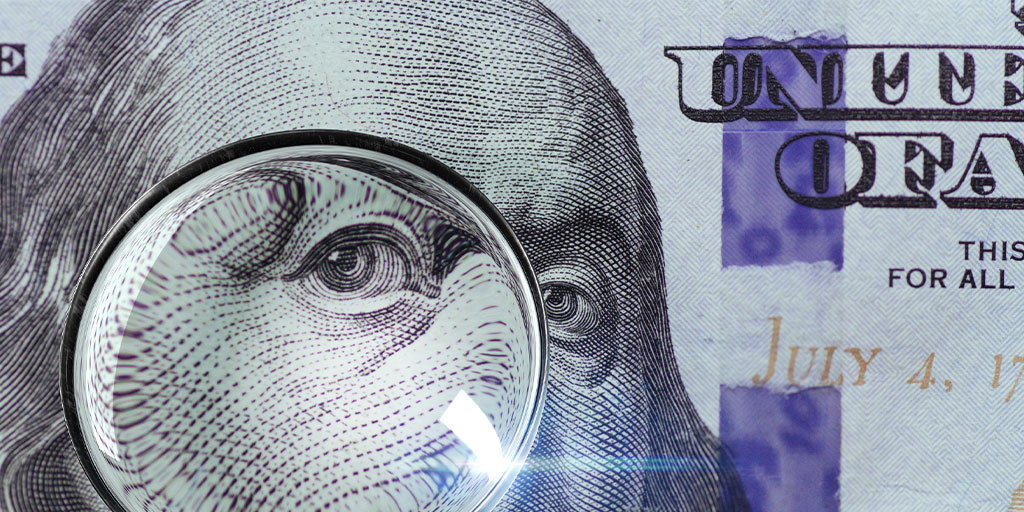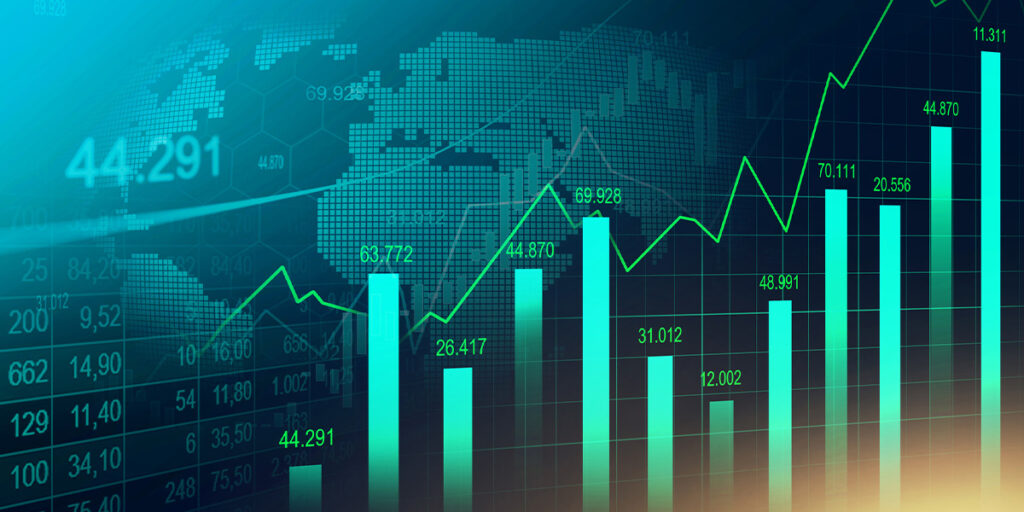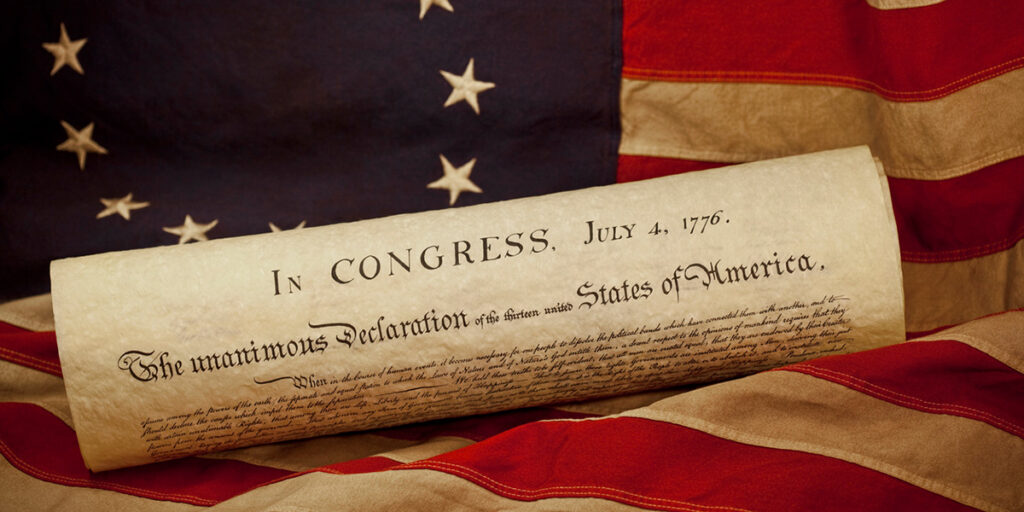I visited the Federal Reserve Bank of San Francisco this week. It is the 12th District of the Fed, with oversight of the nine western states, including Hawaii, plus the Pacific territories. Of the 12 Federal districts in the nation, San Francisco oversees the largest geography as well as the largest segment of the US Economy. No surprise, California contributes more to the US Economy than any other state, by a wide margin. In fact, measured as a standalone, California’s economy is the 5th largest in the world, ahead of Great Britain.
The bank is where the money is. On a daily basis, roughly 6 Million notes come in and out of the San Francisco Federal Reserve Bank. It ranges from one George Washington’s face on the One Dollar bill, to Ben Franklin on the $100. Nearly 2 Billion notes pass through the SF Fed each year, and the bank holds on average $46 Million in cash each day.
The President of the San Francisco Federal Reserve Bank serves on the Federal Open Market Committee, bringing the Fed’s 12th District’s perspective to monetary policy discussions in Washington. What I learned was the SF Fed is currently in line with the committee’s assessment of the US Economy, though they made it clear that their remarks were that of their own. The Fed has what is referred to as a dual mandate: Maximum employment and stable prices. That means they want Americans that want to work, to have the opportunity to, so they can earn a living with stable inflation. 2% inflation is their targeted level. It has stubbornly stayed below it for years. And both Europe and Japan continue to fight deflation with inflation, a non-issue. The Fed seems to have developed an unofficial 3rd mandate: the Global Economy. The advancement of globalization over the decades has brought a level of connectivity never before seen. As the world became flat for commerce, international economies have developed co-dependencies. The financial system has become fully integrated. It works well during good times. I don’t need to remind you how dangerous things got a decade ago when the financial system froze. The pipes clogged. Central banks coordinated with economic Drano to break the ice and stimulate the free flow of finance.
The United States is one of the few global economies that maintains some isolation. Sure, it is a large trading partner for most, being the largest economy in the world by a longshot. But the US Economy is driven by the American Consumer, representing nearly 70% of activity. The US has held on much better than the rest of the world. That said, the US Economy is slowing from the unsustainable growth rates from last year. Interest rates are low here, but they are very high in comparison. In many cases, there are negative interest rates overseas. The number of bonds with negative yields hit an all-time high this week. That means investors are paying borrowers to hold their money. Think about that for a minute. People are paying others to store their cash. It is expanding in Europe and Japan. France saw its 10-Year Bond go to a negative yield this Summer for the first time ever. There is now over 5 Trillion Euros worth of negative yielding bonds. But it’s not just in sovereign debt. Some European junk bonds now have a negative yield. This is an unprecedented situation. It is quite concerning.
Back at home, the San Francisco Fed acknowledges GDP is slowing, but it is still expected to grow above trend, which is significant to them. They believe unemployment stays low, which is currently at historic lows. They believe inflation will increase to 2% but that’s it, and it likely doesn’t happen until 2021. This is now the longest economic expansion on record in the US. Growth accelerated over 3% last year. 3% growth is fast for a large economy, with 2-2.5% expected to settle in this year. The Fed identified the slowdown is driven by the tax cuts’ stimulus trailing off.
In his testimony on Capitol Hill this week, Fed Chair Jerome Powell seemed to cement his plan to lower interest rates at the next meeting at the end of the month. The Market is assigning 100% probability of a rate cut. But the probability of a ½ point cut keeps increasing. It is now 25%, up from 20% yesterday, and 5% just a week ago. What’s new and interesting is the Fed Chair is citing uncertainties around the globe pertaining to global trade and economic growth as the reason for a rate cut. The yield curve has been inverted for weeks, which has historically been an ominous sign of a coming recession, though the timing is never known. A rate cut by the Fed would immediately steepen the curve, providing some breathing room for credit markets. But the Fed would not be cutting interest rates if they were worried about an economy overheating. They do it when they are worried. A ¼ point cut would merely unwind the December increase which rattled the Stock Market and led to the “Christmas Massacre.” Anything more would likely send signals that things are even worse than thought. We have been seeing signs of trouble for a couple months now.
All the while, stocks keep rallying. The DOW hit 27K for the first time ever this week. The S&P 500 reached 3K. The party hats broke out on the floor of the NYSE, which historically has marked tops. The DOW has been the standout leader of late, which, as we know, is a very flawed benchmark being price-weighted. The Equal Weight S&P has been a laggard as has the Russell 2000, which consists of small caps. The Russell is nowhere near its all-time highs, which were last seen last Summer. Our defensive positioning provided a significant cushion in the May decline, but has been a drag the last few weeks. Volume has been very low, which is customary this time of year. Utilities and REIT’s have been leaders, which is not a positive sign to us as they are largely bond substitutes with next to no growth. Risks are on the rise which make it difficult to be excited as an investor. We are sticking to our discipline. The Market has been melting up this week, triggered by the Fed, but next week will be an important tell with Earnings Season about to begin. All of a sudden, expectations seem to have gotten ahead of themselves again. We will soon find out whether the Market cares more about earnings or the Fed.
Have a nice weekend. We’ll be back, dark and early on Monday.
Mike







